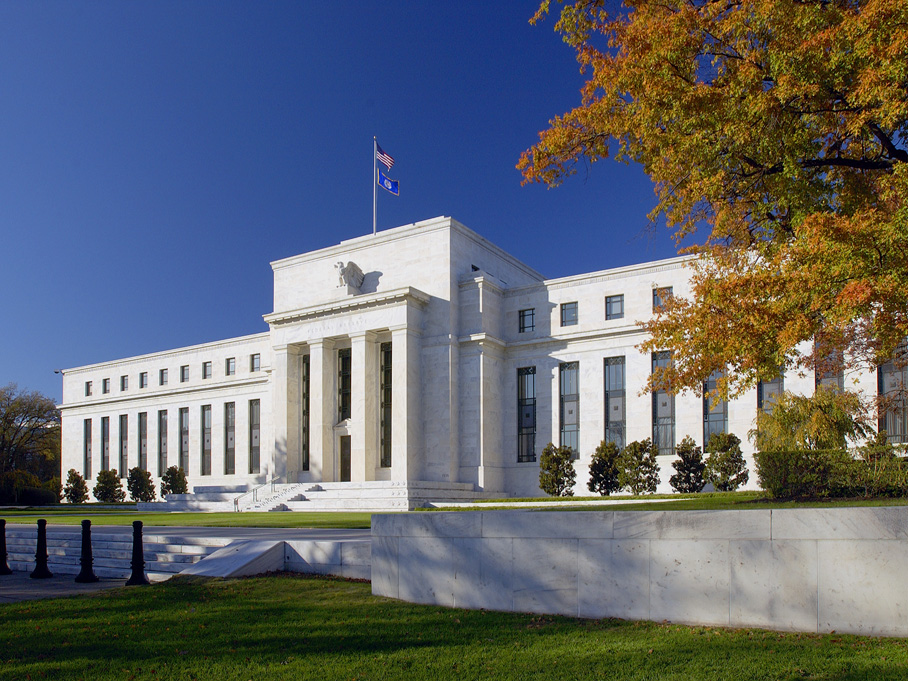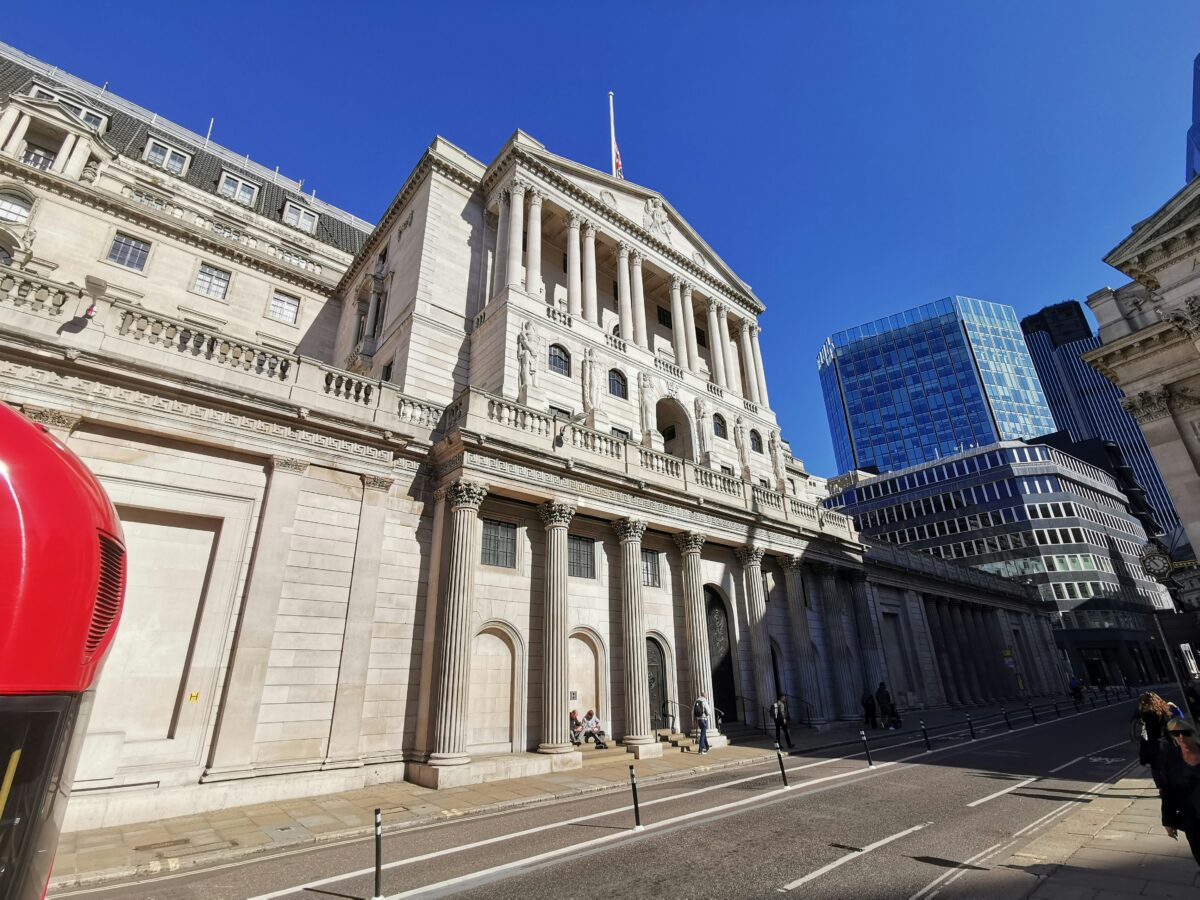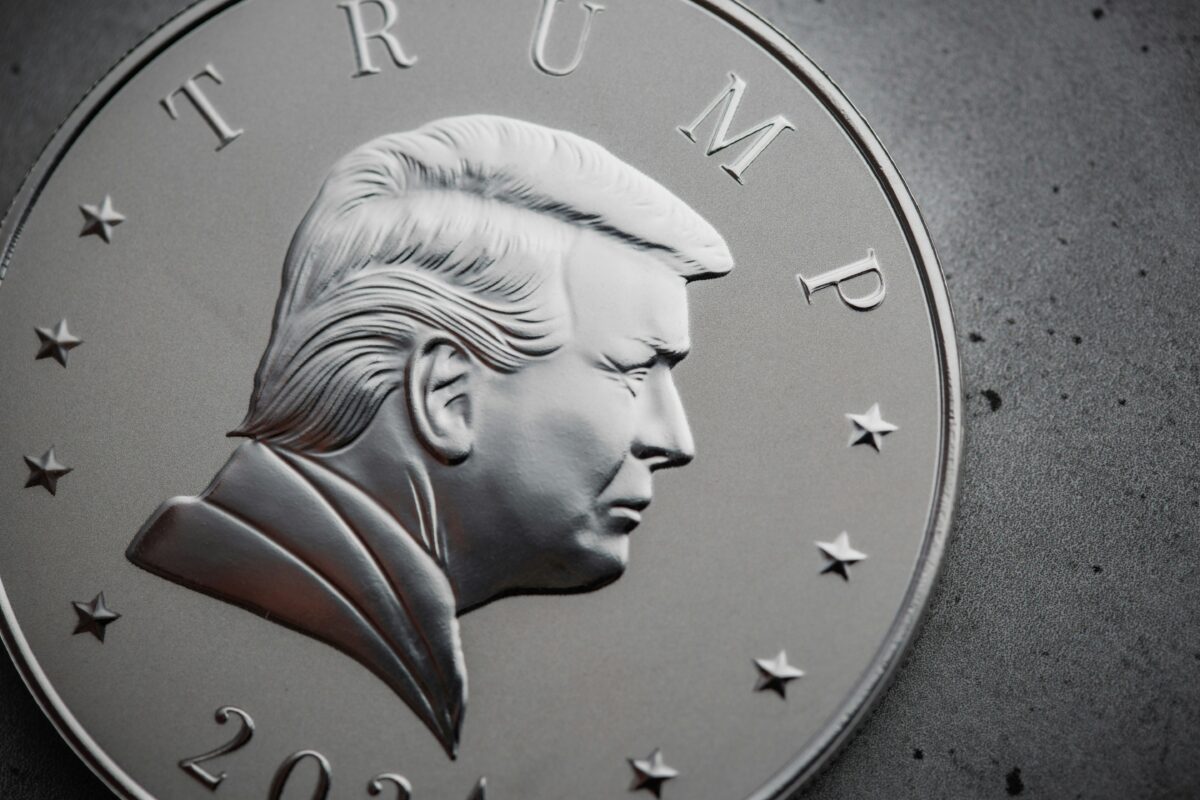Markets have had a turbulent year, marked by heightened geopolitical tension, pronounced macroeconomic uncertainty and persistent stock market volatility. While this has caused many investors to worry, several experts share reasons to be optimistic on the prospects for global investments as we enter the new year.
Anthony D. Tutrone, head of global alternatives at Neuberger Berman
Private markets will not be impervious to the ongoing slowdown. Exits are more difficult in volatile public markets, and while private company valuations tend not to fall as far as public market valuations, we do think they are likely to decline. Such a challenging environment is likely to result in performance dispersion that tends to favour higher quality companies, especially where management has well-defined growth plans as opposed to relying on leverage and multiple expansion.
It is also important to remember private equity funds generally invest over multi-year periods, typically enabling new and recent-vintage funds with ‘dry powder’ to seek opportunities as valuations decline through the slowdown. In a market downturn, liquidity providers can be selective across liquid and illiquid alternatives and niche opportunistic strategies as valuations decline – or even dislocate. Among liquid alternatives, we think global macro and other trading-oriented hedged strategies can continue to find opportunity amid volatility.
We anticipate increasing opportunities to provide niche capital solutions at attractive or even stressed yields as debt structures are reworked. On the illiquid side, a buyer’s market has emerged in private equity secondaries. Economic strains could also open up long-term value opportunities in inflation-sensitive real assets.
Mark Baribeau, portfolio manager of the PGIM Jennison Global Equity Opportunities Fund
The biggest macro impact investors are likely to see in 2023 will stem from the Federal Reserve being largely done with this tightening cycle. That is going to be the most important driver for equity markets going forward, and it appears we are near the end of the aggressive phase. Now the Fed needs to let the lagging effect of its rate increases take hold.
Fundamentals are better than growth stock prices might lead you to believe, and electric vehicles represent one of the most promising growth areas. This is a major opportunity because we are seeing disruption in an industry that is not used to disruption. And it is not just the vehicles. It is also the batteries, the battery supply chain, and the tie-in to alternative energy for producing electricity.
The luxury goods space also looks attractive. Amid inflation-driven pressure on mass-market spending, demand for luxury goods is much less price elastic. High-end spending patterns are robust, which should be a good source of unique opportunities as growth moderates.
Phil Collins, CIO, multi-asset at Sarasin & Partners
Several factors have injected a tinge of optimism into our outlook for 2023. We might have finally dropped off inflation’s summit and the bulk of the interest rate hikes and their accompanying market volatility could also be behind us. Yes, we expect to see recessions in the US, UK and Europe, but these could be mild. Lastly, investor sentiment is as low as it has ever been, and a great deal of bad news has already been priced into equities.
In equities, we have already seen some compelling entry points in areas such as insurance and medtech, and we can expect more long-term thematic investment opportunities to arise if earnings expectations decline further in 2023. We will also be watching selected emerging markets that stand to benefit from Chinese stimulus and reopening, together with any weakening in the US dollar.
In fixed income, we are seeing emerging value that could translate into healthy returns in 2023 and beyond, particularly among investment grade bonds, where yields are attractive and corporate balance sheets robust. For the time being, we will be maintaining our overweight to alternatives, which have served us well during 2022.
Ken Wotton, manager of Strategic Equity Capital plc
While 2022 has posed considerable challenges for British investors, with surging inflation, rising interest rates, and an escalating cost-of-living crisis weighing heavily on sentiment, we believe there is cause for optimism.
There remain scores of high-quality resilient companies on offer listed in the UK – at the often overlooked smaller end of the spectrum. The agility and niche positioning of many smaller companies can allow them to navigate more smoothly through economic headwinds. Moreover, the heightened uncertainty witnessed this year has meant many British small caps are trading at considerable discounts compared to their large-cap peers. Investors able to buy now can set themselves on a solid footing to generate strong returns moving forward.
Lower valuations and a weaker sterling have also made UK small caps more compelling for foreign investors. As such, British equity investors could see their holdings acquired at attractive multiples over the coming months – another avenue for generating meaningful upside.
Anu Narula, head of global equities at Mirabaud Asset Management
We believe fallen leaders represent a promising growth opportunity for 2023. Fallen leaders represent quality companies with strong growth potential from thematic tailwinds that have suffered significant valuation erosion as the market has indiscriminately sold off this year. We are seeing interesting opportunities to capture the potential of these stocks across multiple themes and sectors, but during the initial recovery move on the other side of this drawdown, we expect those fallen leaders with some cyclicality to do better.
Given the scale of urbanisation, the world is facing a $15trn gap between projected investment and the amount needed to provide adequate global infrastructure by 2040, providing important tailwinds for companies operating in this area. The 2022 fallen leader names within this theme have largely occurred as a result of cyclicality.
There has not been a singular headline issue that has damaged performance. Rather, some areas within infrastructure are innately cyclical, so they have lagged during the tail-end of the cycle – but present a rebound opportunity on the other side of the downturn.







